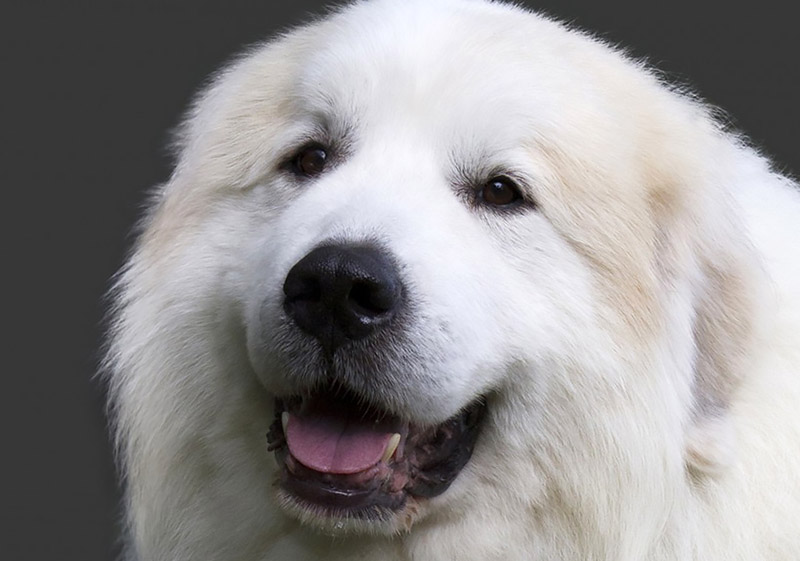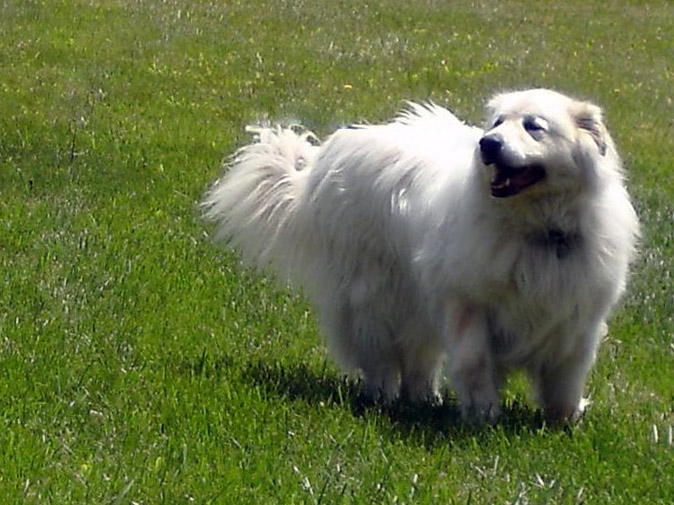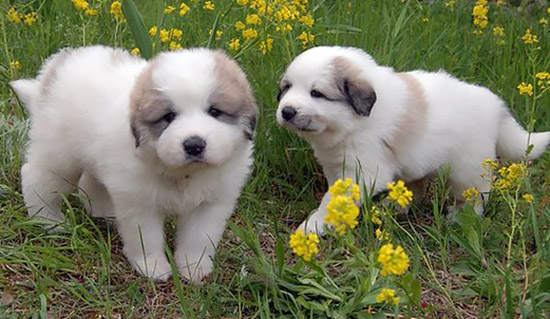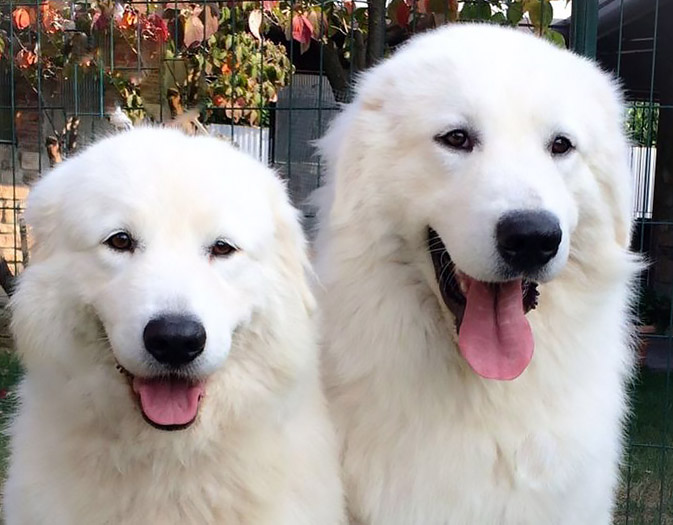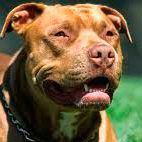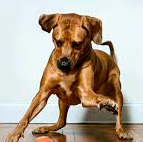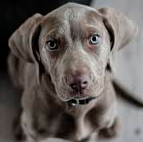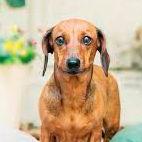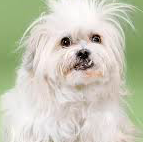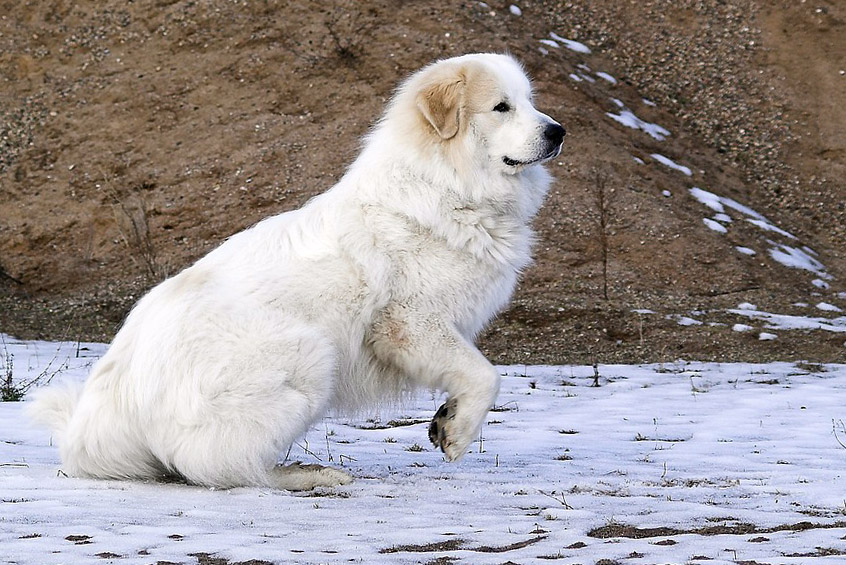
Great Pyrenean Mountain Dog
Great Pyrenean Mountain Dog pictures ➜
ORIGIN: France
History: The Great Pyrenean Mountain Dog is a native of the Pyrenean Mountains in the Basque country, which lies between Spain and France. His exact origins are not known, but theory is that they came to the western Mediterranean coast with nomadic tribesman many centuries ago.
Originally, Great Pyreneans are said to have been descendants of large dogs which roamed the mountains of Asia thousands of years ago.
According to what is written in French books, this large dogs accompanied the nomadic tribesman and their flocks from Asia on their migration westward. In the Pyrenean Mountains they met ideal environmental circumstances for their development.
Already as early as in 1407, the historian Labedanis Boudette mentions that the Castle of Lourdes, the same as de Foix, was guarded by Great Pyrenean Dogs.
In their native country France, the Great Pyrenean Mountain Dogs were bred and used for centuries by the shepherds to guard them and their flocks from attacks by wolves, bears and also against two legged predators.
Today the result is a dog which is still capable of doing his work in the field, takes his responsibilities very serious and is eager to give even his life for his master or his flocks.
The Great Pyrenean is also a family dog, gentle and devoted to those he loves.
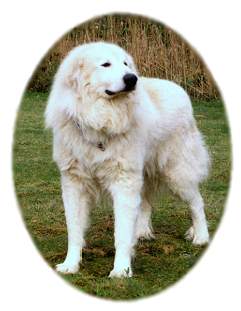
Characteristics: The Great Pyrenean Mountain Dog is a natural guard dog and was originally employed as a protector of the shepherd and of his flock
He conveys the distinct impression of elegance and unsurpassed beauty combined with great overall size and majesty and possesses a keen intelligence and a kindly, while regal expression.
Character and temperament are of the utmost importance. The Pyrenean Mountain Dog is confident, gentle and affectionate. While territorial and protective of his flock or family, his general demeanor is one of quiet composure, both patient and tolerant. He is strong willed, independent and somewhat reserved, yet attentive, fearless and loyal to his charges, both human and animal.
</>Any sign of excessive shyness, nervousness or aggression to humans is unacceptable.
General appearance: That of a dog of great size, imposing and strongly, but not lacking a certain elegance.
Head: Not too heavy in comparison with the size. The sides of the head are rather flat.
Cranial region
Skull: The width of the skull in its maximum part is noticeable equal to its length. The skull is slightly rounded; the occipital protuberance being apparent, the skull in its rear part has an ogival shape.
Stop: Not pronounced.
Facial region
Nose: Entirely black
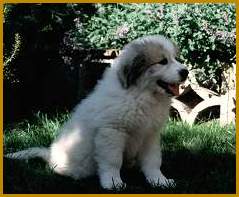
Muzzle: Wide, of good length, narrower at its extremity.
Lips: The very slightly drooping lips cover just the lower jaw; they are black or strongly marked with black as well as the palate.
Jaws / Teeth: Dentition must be complete, the teeth sound and white. The incisors of the upper jaw cover those of the lower jaw without ever losing contact. Pincer bite allowed.
Eyes: Rather small, with an intelligent and contemplative expression, of amber brown colour. They are set in tight eyelids, bordered with black and set slightly oblique. The expression is soft and dreamy..
Ears: Placed at eye level; rather small; of triangular shape and rounded at their tips; they fall flat against the head; carried a little higher when the dog is alert.
Neck: Strong, quite short, with only slightly developed dewlaps.
Body
Withers: Broad and muscled.
Back: Of good length, broad and firm
Croup: Slightly slanting with hip bones rather prominent.
Flanks: Hardly let down.
Chest: Not too let down, bur broad and deep. The ribs are slightly rounded.
Tail: Rather long, bushy and forming a plume; carried low when at rest, with its tip forming preferably a hook; it curls above the back in a tight circle (making the wheel, arroundera, following the expression of the Pyrenean mountain people) when the dog is alert.
Limbs
Forequarters: The forelegs are straight, strong well boned and well feathered.
Shoulders: Moderately oblique.
Hindquarters: The feathering (fringes) on the hindquarters is longer and thicker than on the forequarters. Both hind legs have double and well constituted dewclaws.
Thighs: Fleshy, but not very let down.
Hocks: Broad, lean and moderated angled.
Feet: Not very long, compact, with slightly arched toes.
Gait: In spite of its size, the Pyrenean Mountain Dog has a very free movement, never appearing stiff or heavy, quite on the contrary very elegant; his angulations allow him sustained gaits.
Coat
Hair: Really dense, flat; rather long and supple, longer on the tail and around the neck where it can be slightly wavy. The hair of the <>, finer and more wooly, is very dense.
Colour: White, or white with grey (or badger hair colouring) or pale yellow or wolf colour or orange patches on the head, the ears and the root of the tail. The badger colouring patches are the most appreciated. Some dogs have a few patches on the body.
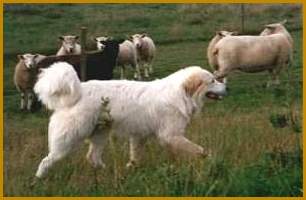
Size and Weight:
Size: Males 70 to 80 cm (28 in to 32 in), Females 65 to 72 cm (26 in to 29 in)
A tolerance of 2 cm over size is admitted in subjects of perfect type.
Weight: Males about 60 kg ( +/- 125 pound), Females about 45 kg ( +/- 95 pound)
Faults: Any departure from the foregoing points should be considered a fault and the seriousness with which the fault should be regarded should be in exact proportion to its degree.
General appearance giving an impression of heaviness, without distinction (refinement) or indicating a likeness of the St Bernard, the Newfoundland or the Leonberger.
- Fat dog, soft, lethargic, or on the contrary of dangerous appearance.
- Head too heavy, of rectangular shape.
- Skull too developed; bulging forehead.
- Stop pronounced.
- Lips too droopy.
- Insufficient pigmentation of the mucous membranes.
- Round eyes, too light or prominent; drooping eyelids; vicious or wild looking expression. Lack of pigmentation around the eyes.
- Ears too long, too broad, twisted, folded, set too high.
- Neck thin, a little long, dewlap too pronounced.
- Saddle back or arched back, dipping forward in front.
- Belly tucked up whippety.
- Tail sparsely furnished or carried badly; tail too short or too long, without feathering; not forming the wheel when in action, or doing it continually even when at rest.
- Straight hock.
- Legs turning in or out.
- Feet too long and flat.
- Hair short and curly. Absence of undercoat.
- Colours other then those indicated above and which would denote cross breeding.
Eliminating faults:
- Nose of any other colour than absolutely black.
- Over- or undershot mouth.
- Pink on the eyelids.
- Absent of dewclaws; single or atrophied double dewclaws on hindlegs.
- Patches of hair black down to the root.
N.B.: Male animals should have two apparently normal testicles fully descended into the scrotum. aing Trial.


